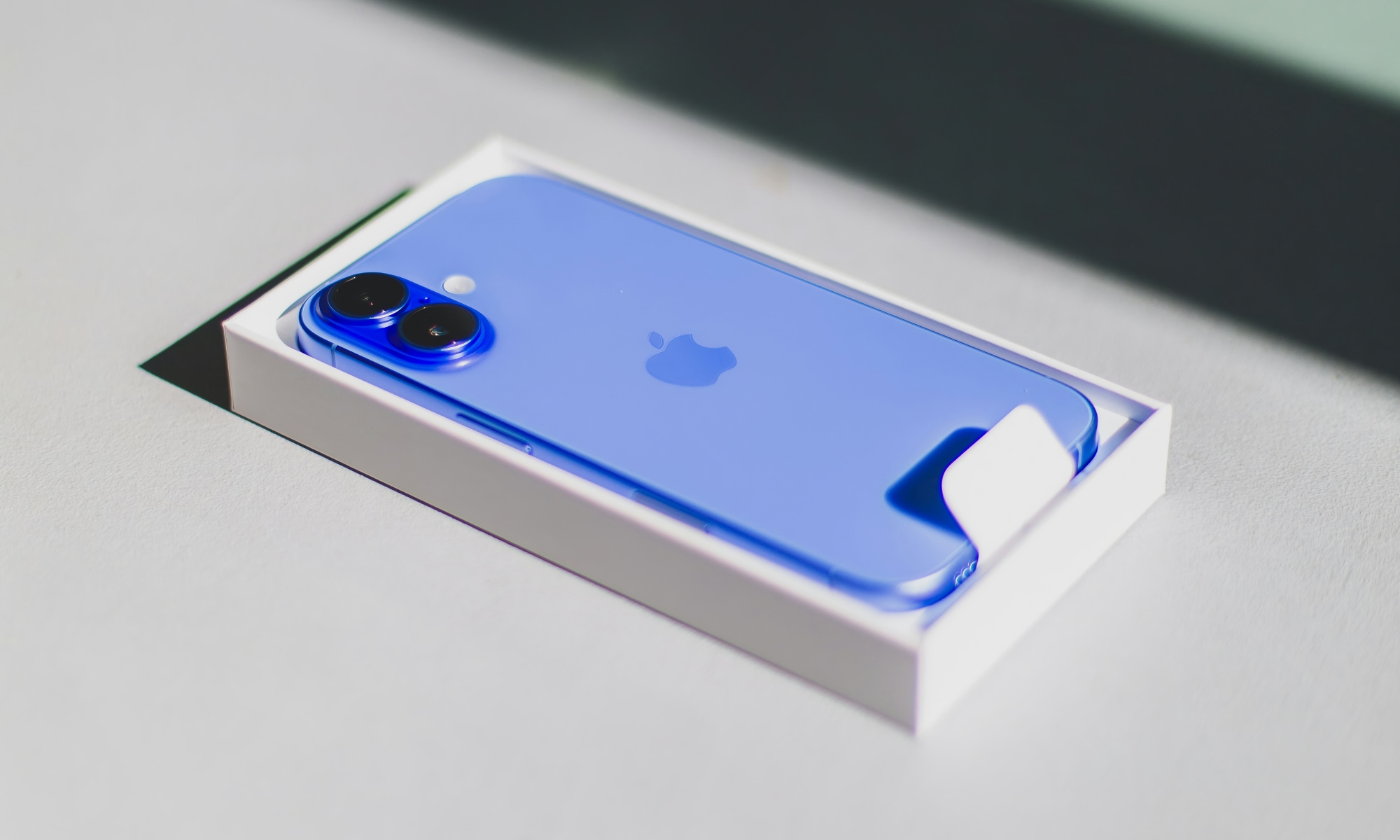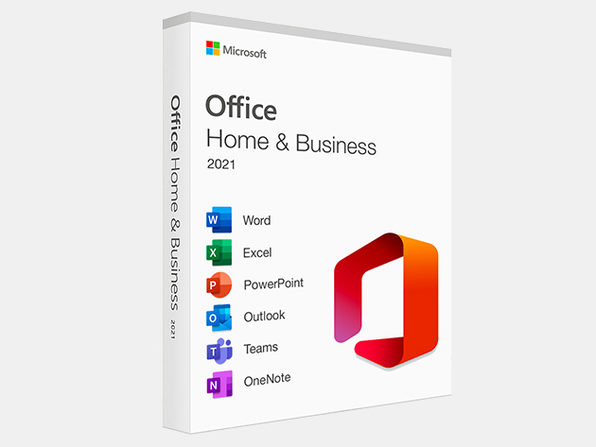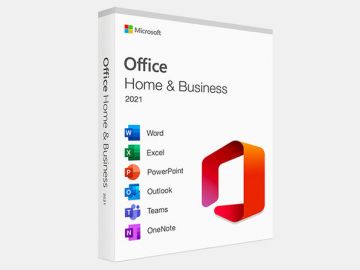The iPhone Won’t Take a Big Hit from Indian Tariff Increases (Yet)
 Bram Van Oost
Bram Van Oost
Toggle Dark Mode
A recent escalation in trade tensions between the United States and India has led to concerns of rising iPhone prices as Apple has shifted production to that country to avoid what was presumably the greater impact from levies on Chinese imports. However, the good news is it looks like Apple won’t be impacted by these new tariffs — at least not right away.
So far, the iPhone has managed to dodge most of the “retaliatory” tariffs being levied by the Trump White House. It’s still facing at least a 20% tariff on iPhones that come into the US from China, but it avoided the higher 145% tariff when the administration granted a reprieve on consumer electronics and semiconductors.
It turns out this is the same temporary exemption that’s also going to protect iPhones imported from India from costing Apple substantially more. Last week, President Trump imposed a 25% tariff on goods coming into the US from India, but that doubled when Trump announced that the tariff would go up to 50% on Indian goods in response to that country’s trade deals with Russia.
The new rate won’t come into effect until August 27, but when it does, imports from India could be significantly more costly than goods coming in from China, which remains at a 30% tariff rate as trade negotiations continue between the two countries.
However, the good news for Apple is that the exclusions granted in May apply to imports from all countries, and remain in effect until the White House sorts out how it’s going to tariff semiconductors and related electronics.
As CNBC explains, the 25% tariff is under the umbrella of the Trump administration’s “reciprocal” tariffs. Since the new executive order adjusts (doubles) that tariff, it falls under the same set of rules, which means the exclusion on semiconductors still applies.
The biggest question, or one of them, this morning has been whether and to what extent Apple will be impacted by these tariffs. I’ve been talking with White House officials about this, and what I can tell you now is that the way that this executive order was written is that the 50% tariffs or the increase to 50% effectively doubles the reciprocal tariffs that are already set to be at 25%. So because they are just doubling it, it means the same exemptions continue to remain, and […] semiconductors and all derivative products will remain exempt from all of those tariffs.
Megan Cassella, CNBC
It’s unclear how long this reprieve will last, as the Trump administration has made it clear from the start that these are merely a “recalibration” of tariffs that will move these products into a different “bucket.” The White House hasn’t yet settled on specifically what that means, but the general sense is that consumer electronics like the iPhone will have a unique set of tariffs. These could be lower or higher than the general tariffs levied against any given country. Given the mercurial nature of President Trump, they could come into effect at any time. Trump has said that nobody is getting off the hook on tariffs, and he’s also made it clear that he does not approve of Apple building iPhones in India — or anywhere else except in the US.
It remains to be seen what impact this uncertainty will have on iPhone 17 prices when Apple unveils the new models next month. Even if tariffs don’t increase costs in the short term, Apple is unlikely to want to have to raise iPhone prices after it debuts the new models, so it will almost certainly hedge its bets and set prices for the long-term outlook. During the company’s earnings call last week, Apple CEO Tim Cook said that he expects the company’s costs to increase by $1.1 billion in the next quarter alone. This suggests that Apple plans to eat some of the tariff costs, but it remains an open question how far it’s willing to go.







